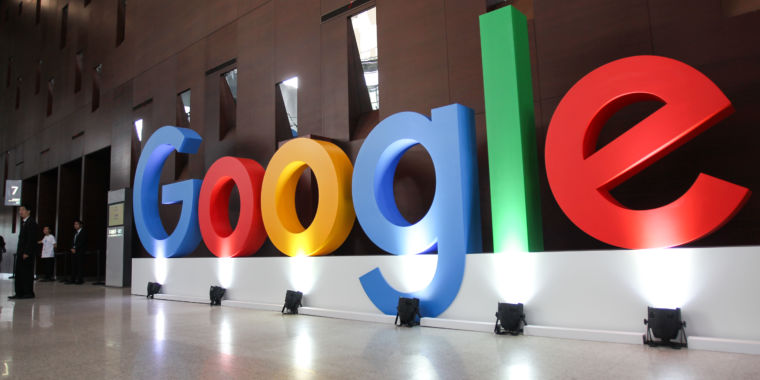Transplanted stem cells can be as lifesaving as donated organs, but the Food and Drug Administration in September warned consumers that some stem cell clinics only pretend to be in the business of miraculous recoveries.
Now, Google is attempting to protect its users after years of showing ads for questionable stem cell treatments. The company stated that it will stop allowing "bad actors" to post Google ads that "take advantage of individuals by offering untested, deceptive treatments." Enforcement of the new policy started at the end of October, said Google spokesperson Alex Krasov. That change, while helpful, is unlikely to shutter clinics that cloak themselves in a façade of reputable science in order to peddle questionable stem cell treatments.

The risky business of unproven treatments
Different types of stem cell treatments are at varying stages of development. Transplants of bone-marrow stem cells are well-established treatments for a number of cancers. But the identification of other types of stem cells has allowed researchers to develop new therapies that are just beginning to enter clinical testing. Unfortunately, many stem cell clinics have latched on to the hype and are offering unapproved treatments for which there is no experimental evidence.
Such stem cell clinics "want your money, so they're almost willing to take all comers"—a red flag according to bioethics expert Art Caplan, who is the founding head of the Division of Medical Ethics in New York University's School of Medicine. He calls these clinics "sketchy," saying that their profit-driven motives have led to deceptive practices, including the advertisements on Google.
In the last 15 years, more than $20 billion has been invested in the stem cell industry. The growth of unapproved therapies led the FDA to confront opportunists who were subverting the government approval process by advertising untested treatments. Patients who have been treated by clinics peddling illegal treatments have suffered from tumors, infections, and death.
Those clinics do a chunk of their recruiting by advertising on Google, which reported a rise in ads promoting these bogus cures. (Google has not disclosed the exact numbers of ads or number of users who clicked on them.) Google said these unregulated trials targeted undiscerning users on its platforms.
Policing this can be complicated, however, as legitimate clinical trials of stem cell therapies also advertise in order to attract volunteers.
Advertisements by unregulated clinics differ greatly from recruitment efforts by legitimate clinical trials, Prof. Caplan said, which tend to be located in medical and academic centers and are generally funded by government agencies or universities. Unlike unregulated clinics, these legitimate trials selectively admit people, as the studies are limited by specific requirements. Standalone clinics tend to accept anyone who walks in the door, Caplan said.
How to find legitimate clinical trials
Finding out whether a treatment is part of a clinical trial can be a challenge, especially since the government's clinical trial database doesn't provide patients with an easy way to learn about potential new treatments. That's why patient advocacy groups often help people identify legitimate and appropriate clinical trials. The National Multiple Sclerosis Society, for example, exists in part to help connect qualified patients with vetted clinical trials, said Sara Bernstein, the organization's Read More – Source







